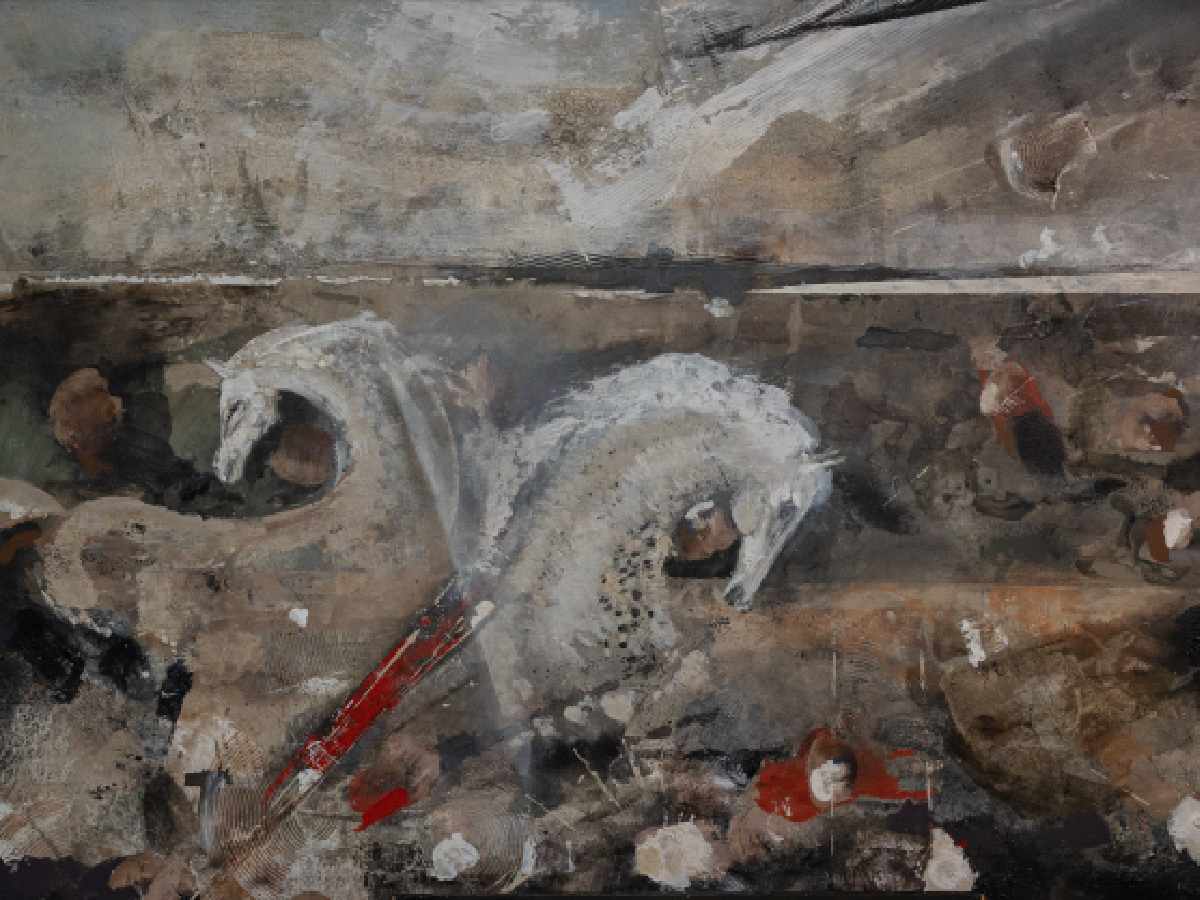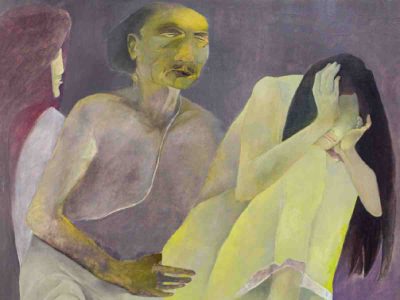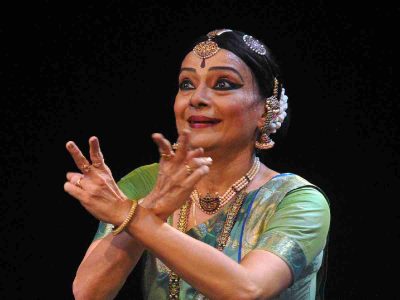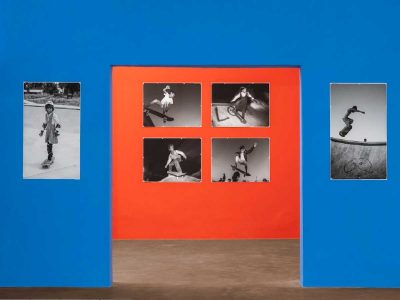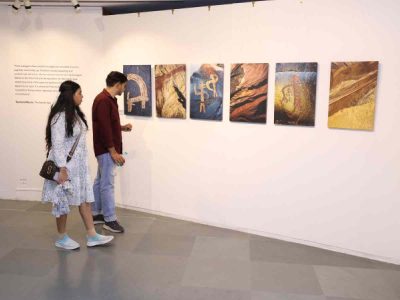Muzaffar Ali: Muzaffar Ali’s show on horses, titled Faras Nama: Legend of the Horse, mounted at New Delhi’s Bikaner House, isn’t just about the stallion but a whole Sufi thought. He will talk of the horse as no one else does.
For Ali, the eldest son of Raja Syed Sajid Husain Ali, the then-ruling prince of the principality of Kotwara in Awadh, Lucknow during British times, horses are not this prince’s royal hobby but an inherited admiration transformed into passion and beyond — a spirituality that developed as the days went by.
“Horses appear before my eyes almost all the time, often even in my dreams. My passion for horses, since childhood, is inherited. My grandfather didn’t buy a car until horses could be carted,” says Ali of his stallion love. However, it is interesting to note that he didn’t have the yearning to ride the horses but “just to watch them, befriend them, talk to them, nurture, nourish, and keep them.”
The reason behind this is equally fascinating. For Ali, a student of tasavvuf (Sufism), horses are no less than a Sufi connection with the Almighty. For him, horses possess all the Sufi qualities; they are the epitome of beauty, grace, love, loyalty, and confidants, like a Sufi. “Ghoda mere liye husn, waqari, muhabbat, wafadari aur raazdari ki pehchaan hai. Uski tabiyat, uska bartav mere liye aik aala hai” (The horse, for me, is a symbol of beauty, grace, love, loyalty, and secrecy. Its nature and behaviour are like a noble quality to me).
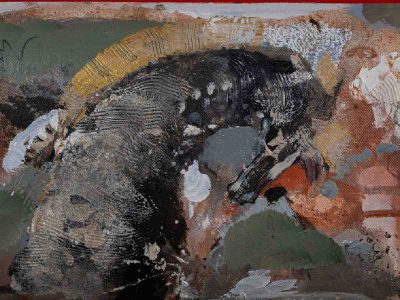
Galloping on canvas
No wonder, on his canvases, horses began to derive all these connotations. “Sometimes I draw very small horses, smaller than a miniature, and slowly they acquire bigger magnitudes and inferences.”
His horses are not always running or static but in a state of merriment. “Mere tamam ghodon mein aik masti hai, jo aik sufi ka mizaaj hota hai. (All my horses have a certain joyfulness, which reflects the temperament of a Sufi),” he reveals, explaining, “Because horses are also a secret keeper of tasavvuf.”
There is a hadith that says the horse prays to the Almighty to bring peace and prosperity into the home that feeds and takes care of it. “Ghoda roz subah Allah se dua karta hai ke jis ghar ne mujhe rakha hai, us ghar mein barkat dey,” Ali philosophises.
Named after Obama
Ali used to have several horses, but when it became impractical to keep them at home, he had to forgo this passion of rearing them. However, “I still have a horse. I named him Barack. He came to me the day Barack Obama became President of America (2009).”
Ali takes personal care of his stallion. “I give him carrot, apple, daliya, chana, and jaggery. He feels very happy; I can see that. He is a naughty one, tries to play pranks on me, and chases out anyone who tries to enter his stable,” Ali breaks into a fond laughter.
Initially, when Ali, the prince of the sultanate of Kotwara, saw and stayed with horses at his palace, horses had a different meaning for him. “Their muscles, power, and strength were the reigning thoughts.” But as he started using horses in his films, they began to acquire different significances for him. “I have used horses in all my films (Umrao Jaan, Jaan Nisar, Anjuman, Aagman) except Gaman. So, horses started to have different dimensions for me. I have painted for a long time. I would sketch small horses, and slowly they would take up mammoth sizes depending on my feelings at the time of drawing.”
His brush, he insists, just slides, and varied horses gallop on his canvas.
Also read: Anju Kumar unveils ‘Shakti’, an art show that celebrates life and creativity
Symbols of beauty
Ali’s passion for horses leads him to travel to horse fairs, including those held near various Muslim shrines (dargahs) during Urs (Sufi festivals), where these horses carry the taziah or alam (flags). “I don’t go to buy them, but to watch them,” he says.
Ali’s love for horses may seem irrational to some. He doesn’t enjoy horse racing due to the cruelty inflicted on the animals by their riders in pursuit of victory. He also believes that a horse’s rider should neither be weak nor seek to dominate it. ”Think of yourself as a horse—would you like someone to ride you?” he asks.
”Horses have lost their utility in this modern age. They are now valued for their aesthetics and spirituality. They are used for games like polo and showmanship, but I don’t like it. I just appreciate their visual aura,” he says.
However, what will someone do if they have a horse and not ride it?
“No! Now a horse should be kept to inspire you. Not everything has to have utility value. For instance, when you go to see the Taj Mahal, do you use it in any way? It just inspires awe, doesn’t it? Horses should be viewed in the same way — for their visual aura, aesthetics, and spirituality,” Ali says.
Wouldn’t Ali like to make a film about horses alone? “Creating a painting is in my hands. But making a film requires finances, and most of those who fund films are not horses; they are donkeys. So, you rarely see a film worth its money,” Ali quips, adding that this time he isn’t joking.
Ali says, “Ghoda apna kaam kar gaya. Ab ghode pe baith kar koi shaheed nahi hota (The horse has done its part. No one attains martyrdom riding a horse anymore)”.
“Horses have given us enough throughout history. Now they are asking for their due — love, loyalty, and care from us. Serve them, and they will pray for you,” Ali adds.
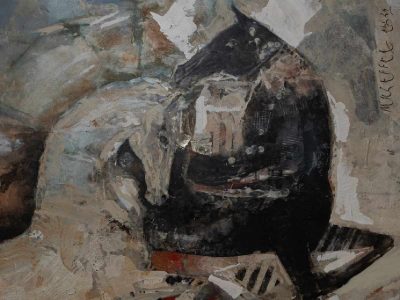
Connection with MF Husain
Maqbool Fida Husain, India’s pioneering artist, changed the way people looked at horses. He became synonymous with his signature style of horses in his paintings. Despite being good friends and admirers of each other, Ali was never fond of Husain’s horses.
“I never liked Husain’s horses, but I liked Husain himself. Husain sahab tried to teach me to paint a lot. He would tell me, ‘You should not make films, you should just paint.’ I would say, ‘but I am very slow at painting.’ He would wit, ‘Make quick ones like me (Meri tarah jaldi jaldi wali banaya karo)’,” Ali recalls, laughing.
“My horses are not like Husain’s. Mine are free-spirited and universal. They shrink, they become big, mammoth,” he says, taking an affectionate dig at the legend.
Also read: ‘Chitpur Chronicles’ in Hauz Khas: Rediscover Bengal’s sacred art through historic lithographs
Art scene in Delhi
Ali believes Delhi, Mumbai, and Kolkata are good for artists. “Husain and Tyeb Mehta always kept shuttling between Mumbai and Delhi. But today’s Delhi is becoming increasingly difficult. Distances have grown. It takes too long for an artist to reach one place from another. An artist needs a peaceful space to create his art and meet like-minded people. If he keeps running around, when will he create his art? For instance, reaching from Gurugram to Delhi for art-related matters is a big headache. This tale of two cities is unnerving.”
Delhi has several art galleries, especially government ones, which are good. However, like other artists, he also bemoans the lack of proper lighting in galleries that can enliven an artwork. “But those lights are very expensive. The lights in most galleries, including Bikaner House, are dim. It affects the art viewing too. But we have to live with it.”
The show, on view from October 19-28, features 60-100 small and large paintings and 11 bronze sculptures.
Ali doesn’t know what new will come out of the “silver medium” he is trying for his forthcoming venture.

